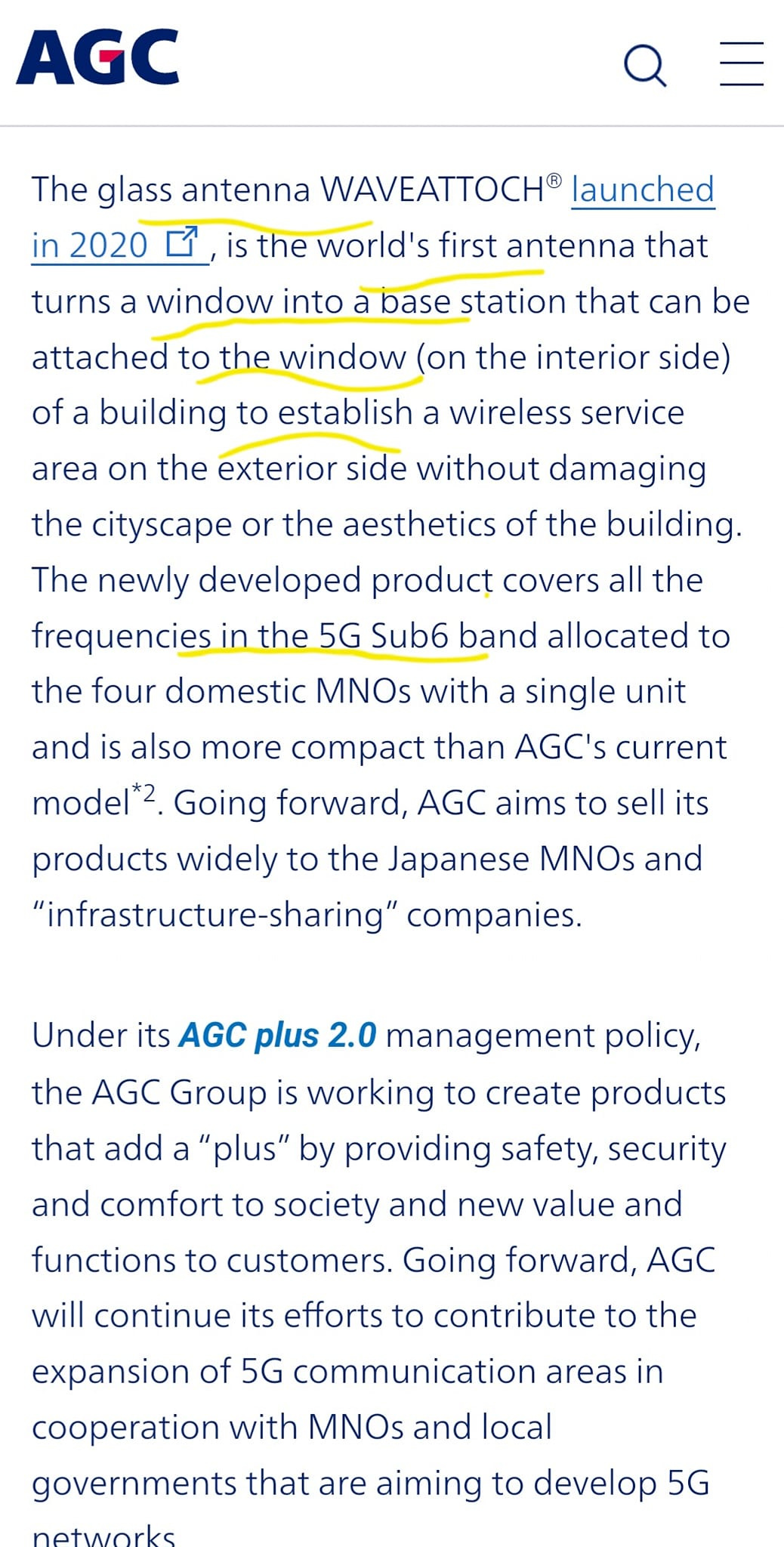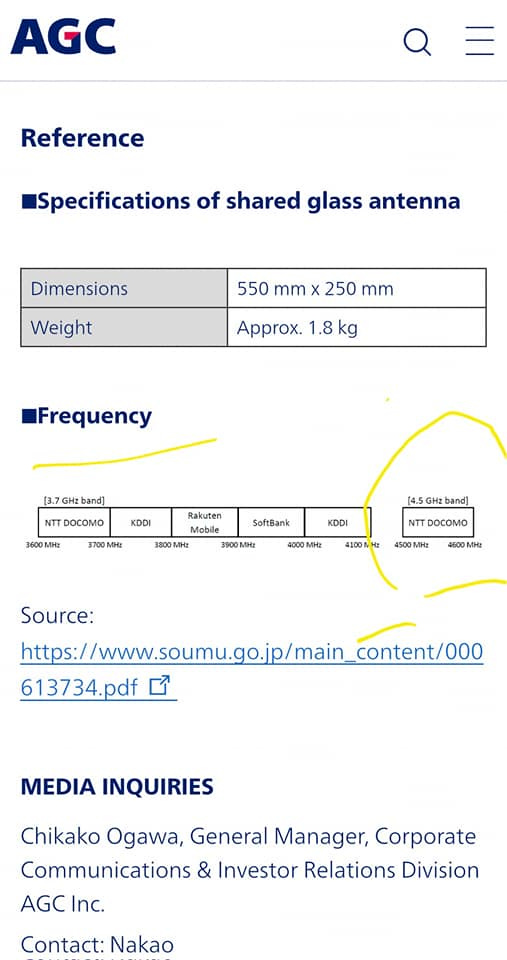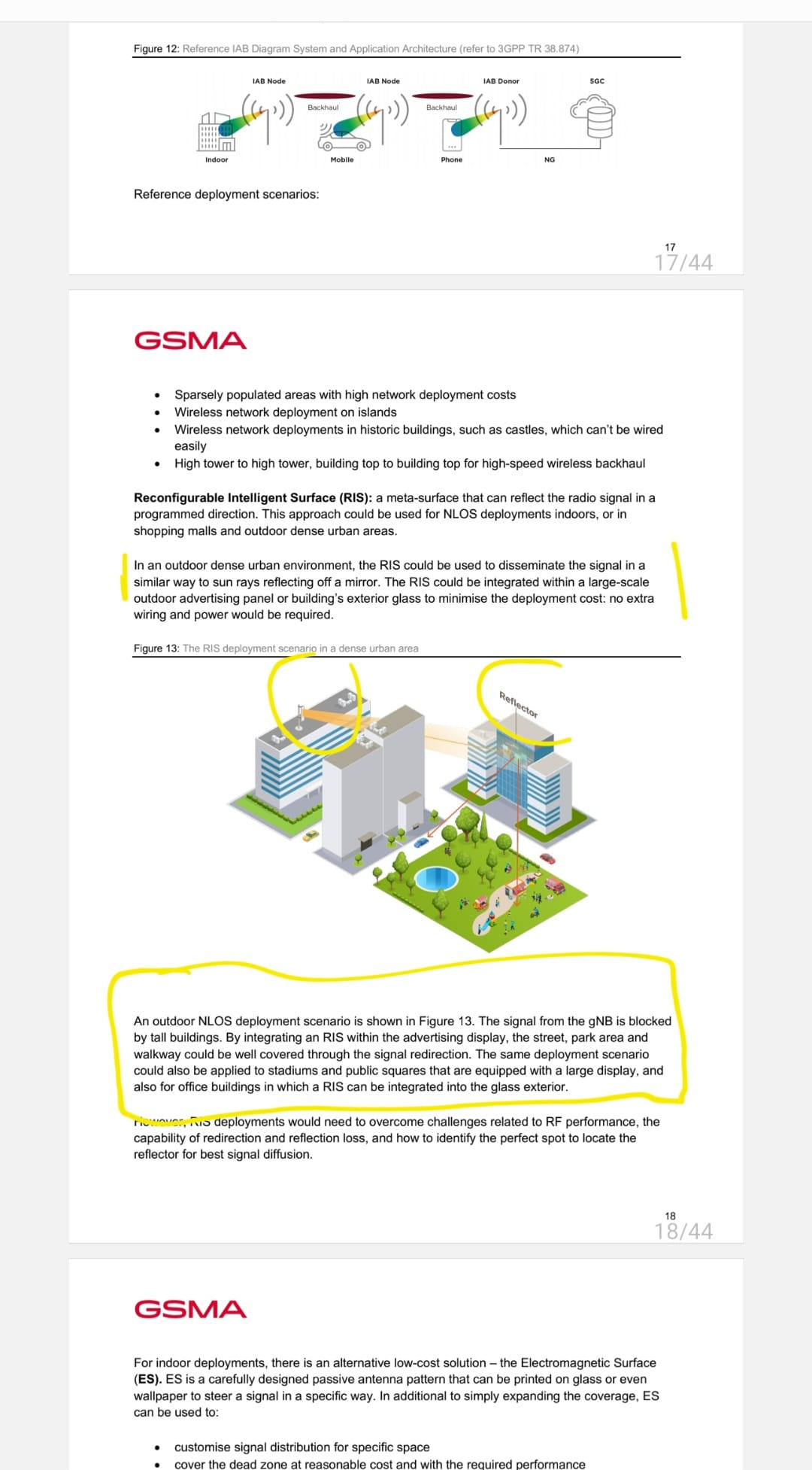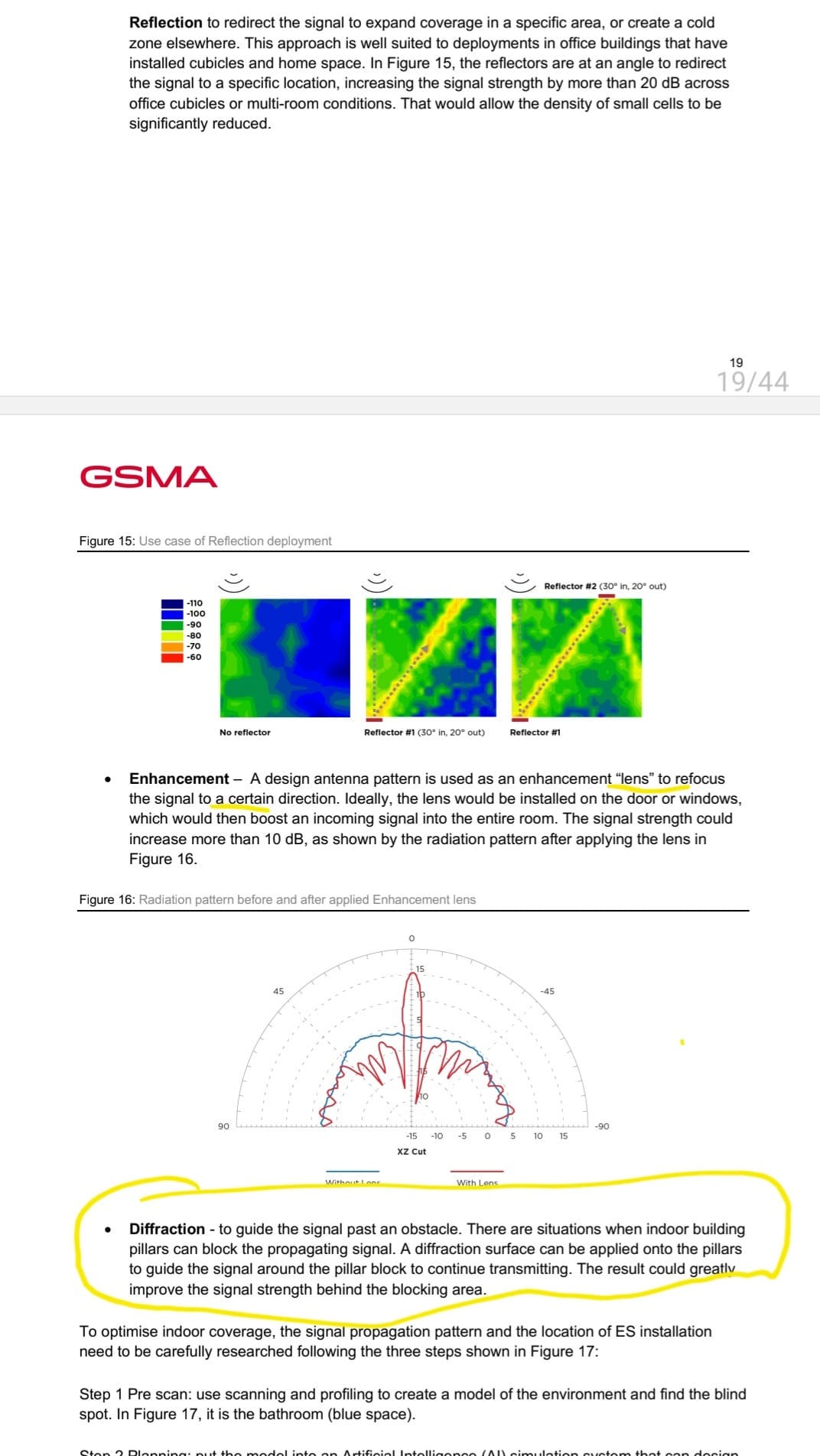The 5G millimeter technology already being deployed in dense urban areas, stadiums and other locations with large concentrations of people focuses on range and quality of signal and blanketed coverage indoor and outdoor. No space will be free from millimeter wave frequency unless the space is predetermined as a cold non-signal space.
It is important to understand that 5G millimeter wave operates between 24 to 100 GHz frequency and potentially higher, and it has difficulty passing through objects.
The 5G technology trend will increase and amplify the frequency exposure with potentially significant health concerns. (Current Western EMF standards conveniently ignore the biological effects of EMF radiation exposure and allow up to 300 GHz frequency in the public domain.)
As mentioned 15 minute confinement zones are ideal for the 5G millimeter wave due to highly dense and populated areas and utilization of smart technology including artificial intelligence, robotics, numerous sensors, WIFI biometric surveillance, automated self-driving vehicles, digitalization etc.
5G Millimeter Technology:
Glass antennas, which turn windows into cellular base stations on the interior of a building or home via emission of WIFI signal. The frequency range is from 3.6 to 4.6 GHz. In this situation, people would be exposed to extremely high frequency at close range.
Smart Repeaters, which amplify the millimeter wave signal (higher frequency) and transmit the signal in specified direction (in beamform). The repeater saves cost by reducing the need to deploy thousands of small cell sites, and adds gain to the cellular system through increased range and strength of signal. The repeaters are installed on lampposts, walls, windows etc. (See images for example of a smart repeater.)
In terms of overcoming the limitations of the millimeter wave (range and objects) three approaches are currently utilized:
Enhancement of millimeter wave signal through lens to refocus and amplify signal, and these lens can be installed on doors and windows to boost signal.
Reflectors to redirect signal around objects both outdoor and indoor, such as outdoor advertising panel, the glass on the exterior of a building or EMF shielding paint on a wall.
Diffraction occurs when the EMF frequency (wavelengths) are guided to bend around an obstacle or pass through the object. Although the signal may likely be degraded.
"Diffraction involves a change in direction of waves as they pass through an opening or around a barrier in their path. Water waves have the ability to travel around corners, around obstacles and through openings. This ability is most obvious for water waves with longer wavelengths. Diffraction can be demonstrated by placing small barriers and obstacles in a ripple tank and observing the path of the water waves as they encounter the obstacles. The waves are seen to pass around the barrier into the regions behind it; subsequently the water behind the barrier is disturbed. The amount of diffraction (the sharpness of the bending) increases with increasing wavelength and decreases with decreasing wavelength. In fact, when the wavelength of the waves is smaller than the obstacle, no noticeable diffraction occurs."
https://www.physicsclassroom.com/class/waves/Lesson-3/Reflection,-Refraction,-and-Diffraction
EmergingGlobalRealities.com














